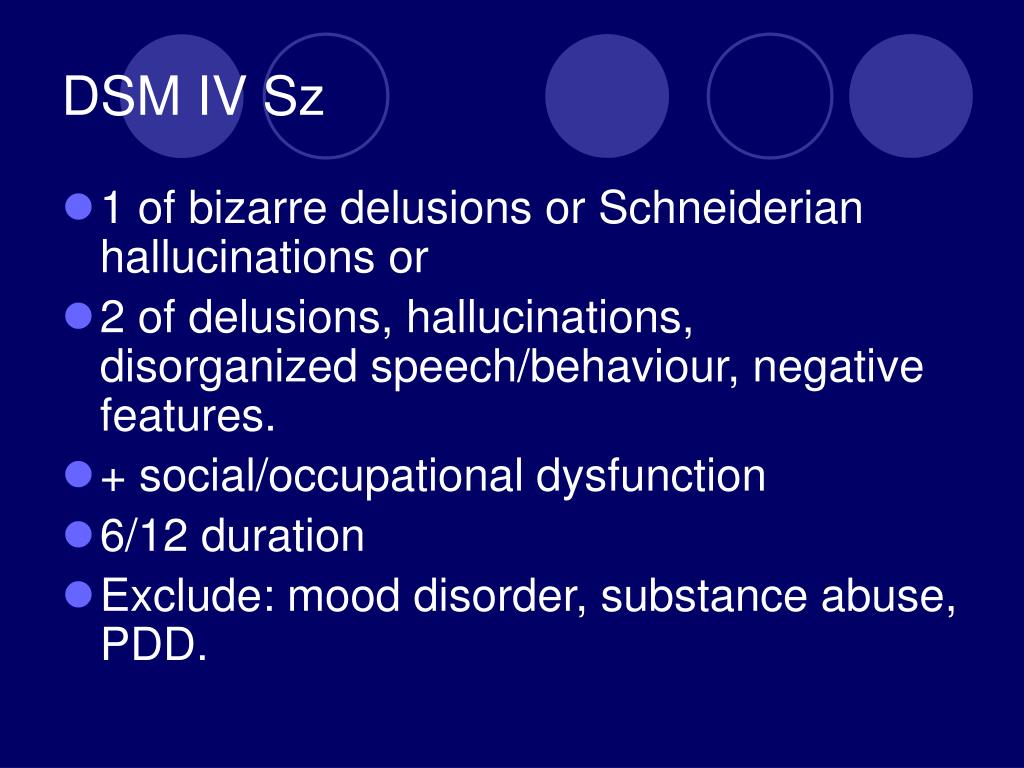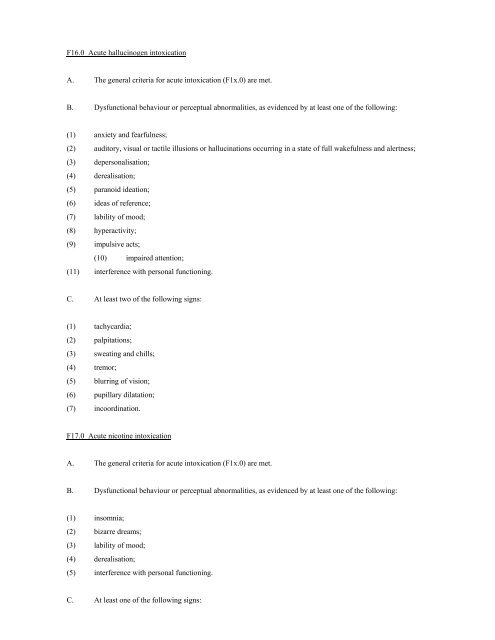

The presence of a fluorometric peak (626-628 nm) in plasma is pathognomonic and allows a definitive diagnosis of variegate porphyria rather than porphyria cutanea tarda. Differential diagnosisĭifferential diagnoses include acute intermittent porphyria and, particularly, porphyria cutanea tarda (see these terms). Diagnostic methodsĭiagnosis of acute attacks is based on evidence of elevated concentrations of PBG and ALA in urine and of elevated concentrations of coproporphyrin and, especially, protoporphyrin in stool.

The enzyme deficiency is due to mutations in the PPOX gene coded for PPOX. Variegate porphyria is caused by a deficiency in protoporphyrinogen oxidase (PPOX the penultimate enzyme in the heme biosynthesis pathway) that leads to an accumulation of porphyrins and their precursors in the liver (delta-aminolevulinic acid, ALA and porphobilinogen, PBG). The attacks are most commonly triggered by exogenous factors (porphyrinogenic drugs, alcohol, infections, a hypo-calorific diet, stress), and/or endogenous factors (hormonal, linked to menstrual cycle). Neurological manifestations can affect the central nervous system as much as the peripheral nervous system and can lead to severe complications such as motor paralysis. Psychological symptoms are variable: irritability, emotionality, depression, considerable anxiety and, more rarely, auditory and visual hallucinations, disorientation, mental confusion. The abdominal pain is often associated with lumbago irradiating to the thighs, and with nausea, vomiting and constipation. Attacks can persist for several weeks and manifest as intense abdominal pain, and neurological and psychological symptoms.

Finally, 20% of patients present with only neuro-visceral attacks. In 20% of cases, patients present with both cutaneous lesions and neuro-visceral attacks. These lesions predominate in areas exposed to the sun (hands, face) and manifest as bullae that cause differing degrees of pain and that leave scars that are often hyperpigmented. In 60% of cases the only sign of the disease are cutaneous lesions that result from photosensitivity (bullous photodermatitis). Generally the disease manifests after puberty and preferentially affects women. Prevalence is around 1/100,000 in European countries and much higher in South Africa due to a founding effect.


 0 kommentar(er)
0 kommentar(er)
